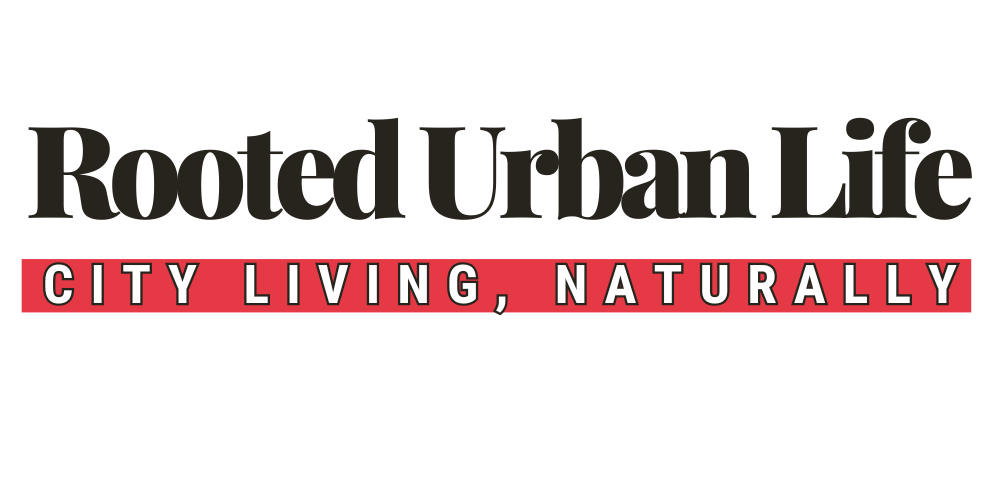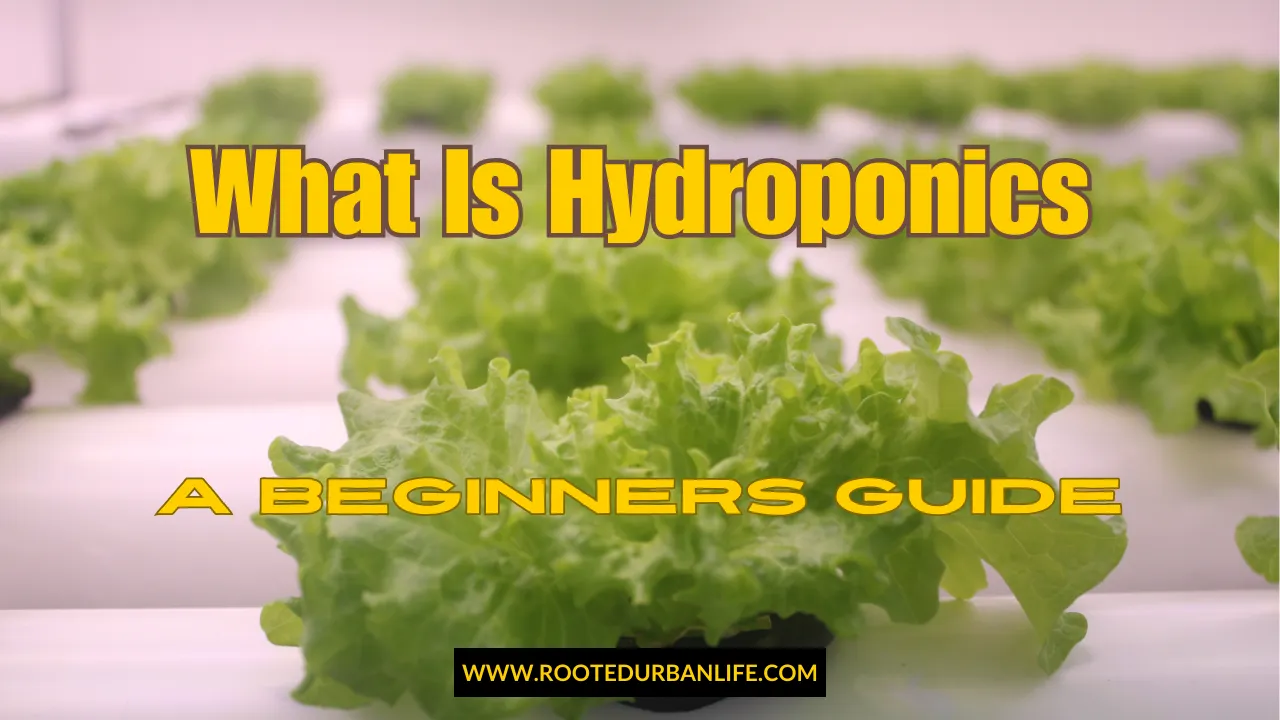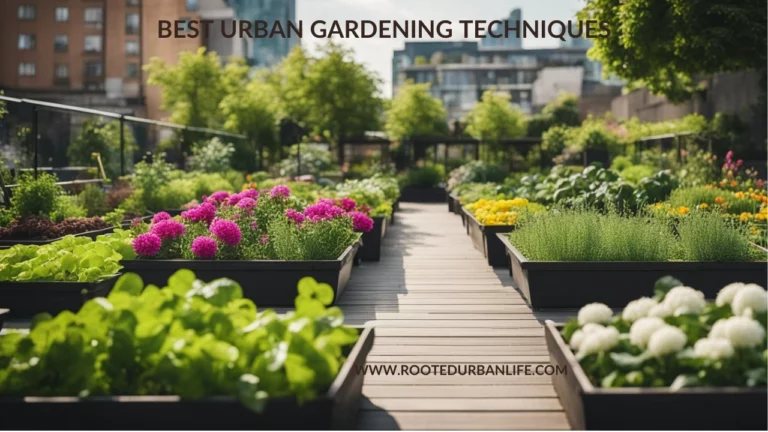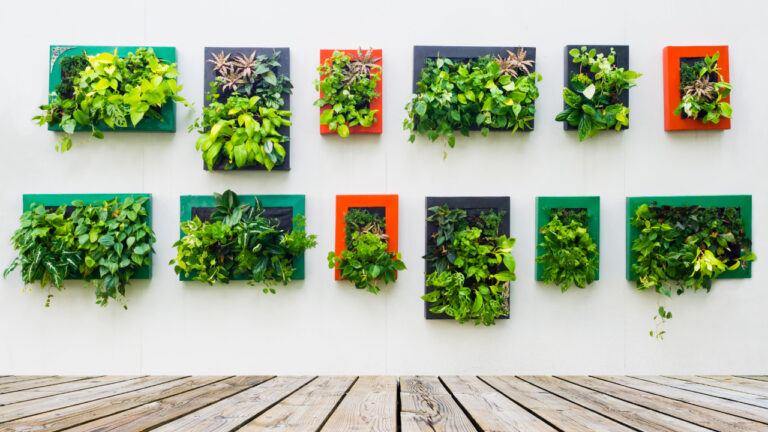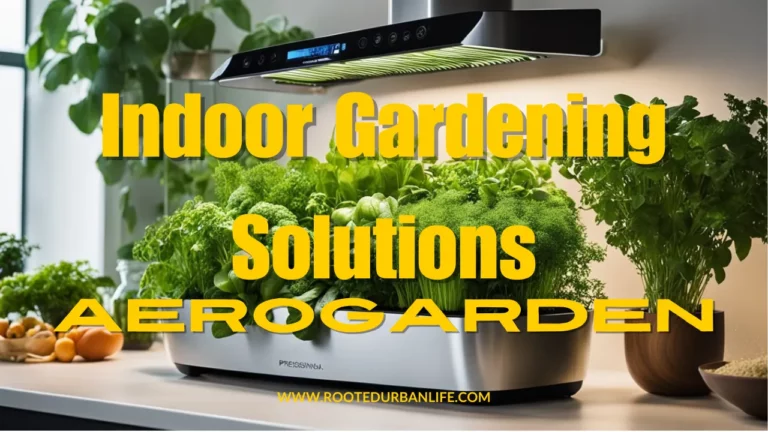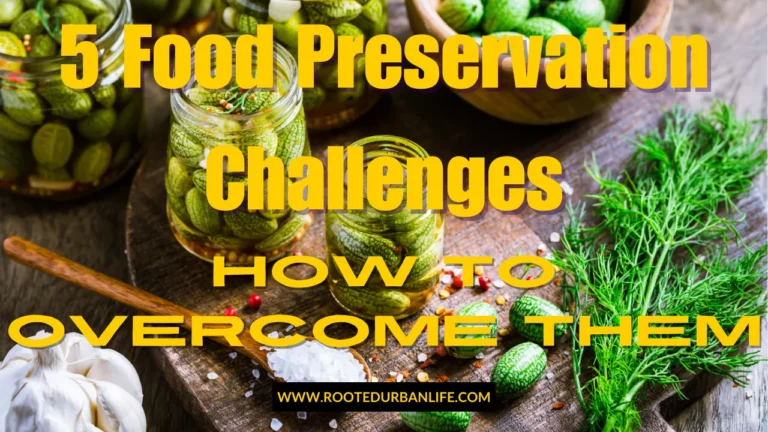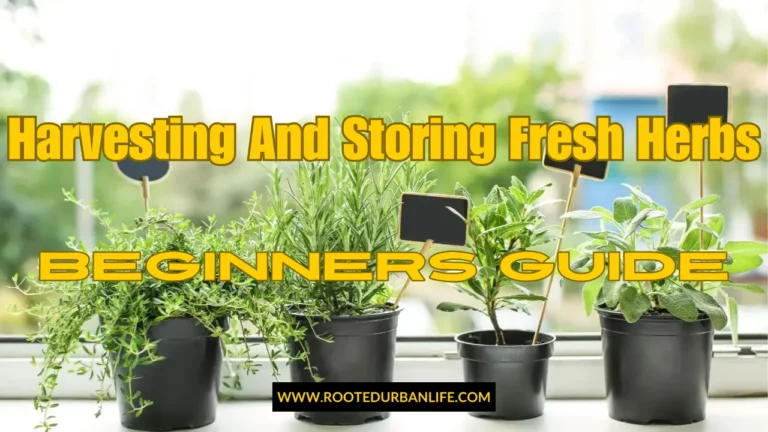What Is Hydroponics: A Beginner’s Guide
Hydroponics might sound like a fancy term, but at its core, it’s about growing plants without soil. Instead of planting in dirt, plants grow in nutrient-rich water, allowing them to get everything they need straight from the source.
Read more: What Is Hydroponics: A Beginner’s GuideThe idea of growing plants in water dates back centuries, with examples found in ancient civilizations. While it might seem new and cutting-edge to many of us, the hydroponics journey has been long and fascinating. Understanding this history helps bust some common myths, like the idea that hydroponics is this brand-new or unreliable method.
| Hydroponics is a method of growing plants without soil, using nutrient-rich water to provide plants with everything they need to thrive. This innovative gardening technique is efficient, sustainable, and perfect for small spaces, making it ideal for beginners and urban gardeners alike. In this guide, we’ll explore the basics of hydroponics, its benefits, how to set up your own system, and tips for maintaining a healthy, productive garden. |
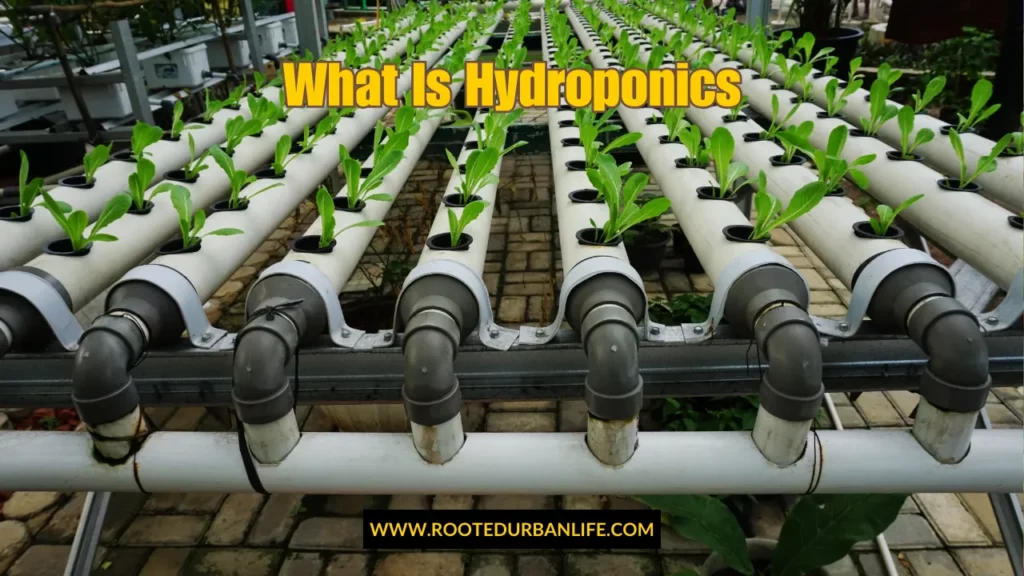
What Makes Hydroponics Attractive For Beginner Gardeners
- It Is Efficient. Since plants don’t need to push their roots through soil, they can devote more energy to growing, often resulting in faster plant growth and higher yields. Plus, because you’re controlling the nutrient levels, plants typically grow healthier.
- It is Excellent For Small Spaces. You don’t need a big garden plot; just a bit of space indoors or on a balcony can do the trick. It’s versatile too, working in varied environments from small apartments to large commercial greenhouses. Plus, without soil, you’re cutting down on many pests and diseases, making it simpler to manage your garden.
- It is Great For Beginners. Starting with hydroponics offers a great way to experiment with growing your food or simply enjoy the hobby of gardening. Whether you’re doing it for sustainable living, fresher produce, or just a new hobby, hydroponics presents a unique opportunity to engage with nature in a modern way.
The Science Behind Hydroponics
Hydroponics relies on a set of scientific principles that strip away the soil without bypassing what plants need. At the core, it’s all about supplying water, nutrients, and light directly to plants in a controlled environment.
- Water serves as the main delivery system for nutrients that plants would usually extract from the soil. In a hydroponic system, you have the reins over the type and concentration of nutrients. This precise control can lead to stronger plants and often better yields.
- Lighting in hydroponics can be both natural and artificial, such as LEDs. The right amount and type of light are crucial as they mimic natural sunlight and ensure that plants can carry out photosynthesis effectively inside or in less-than-ideal outdoor conditions.
Hydroponic systems come in several types, from basic setups like wick systems to more complex ones like nutrient film technique (NFT) or aeroponics. Each system has its strengths and best-use cases depending on the plant type and growth goals.
Technology plays a role too. Sensors and timers can help automate processes like nutrient delivery and lighting schedules, making it easier to maintain consistency and monitor plant health.
Delving into how hydroponics works offers a glimpse into the intricate dance between nature and technology, making gardening more accessible and efficient.
It’s not just about growing plants; it’s about redefining how we interact with and sustain them.
Getting Started with Your Hydroponic System
Starting with a hydroponic system can be rewarding, but it does require some planning.
The first thing you need to do is decide which system suits your needs. For beginners, systems like the deep water culture (DWC) or wick systems are user-friendly and straightforward to set up.
Once you’ve chosen a system, gather the necessary equipment. Essentials might include a water reservoir, grow trays, nutrient solution mixers, and a reliable light source. You’ll also need a water pump if you select systems beyond basic wick setups.
Pick your plants based on what you enjoy eating or what interests you. Leafy greens like lettuce and herbs like basil are often recommended for beginners since they grow quickly and don’t have heavy nutrient demands.
Carefully setting up your first hydroponic garden involves filling your system with water, adding nutrients, and arranging plants in their grow trays or containers. Make sure everything is securely set up and double-check your lighting setup to keep plants well-lit.
Starting small can help ease you into the process. Experiment, learn, and document what works best for your setup. There might be hiccups along the way, but each one is a learning opportunity. Consistent monitoring and a willingness to adapt are key.
Mastering Hydroponic Techniques: Tips and Best Practices
Keeping plants healthy is a top priority in hydroponics. Regularly check the nutrient solution to ensure your plants are getting the right balance of elements they need to thrive. Adjustments can make all the difference between a flourishing garden and one that struggles.
Monitoring pH levels is just as crucial. In most systems, a pH level of around 5.5 to 6.5 is ideal. It’s this balance that helps plants absorb nutrients efficiently. Simple pH strips or digital meters can help you keep things in check.
Address potential pest and disease problems by maintaining a clean environment. This is simpler without soil, but it doesn’t mean immune. Keep an eye out for signs of trouble like wilting or discolored leaves, and act quickly to remedy issues.
Everyone makes mistakes, especially when they’re starting something new. Common ones include overfeeding plants with nutrients or underestimating lighting requirements. Learning to read the signs that plants give you is crucial for troubleshooting.
Automation can be your friend. Using timers for lighting or automatic nutrient dispensing systems can save time and effort, especially as your garden grows. However, be sure not to become overly reliant on gadgets; regular human oversight is irreplaceable.
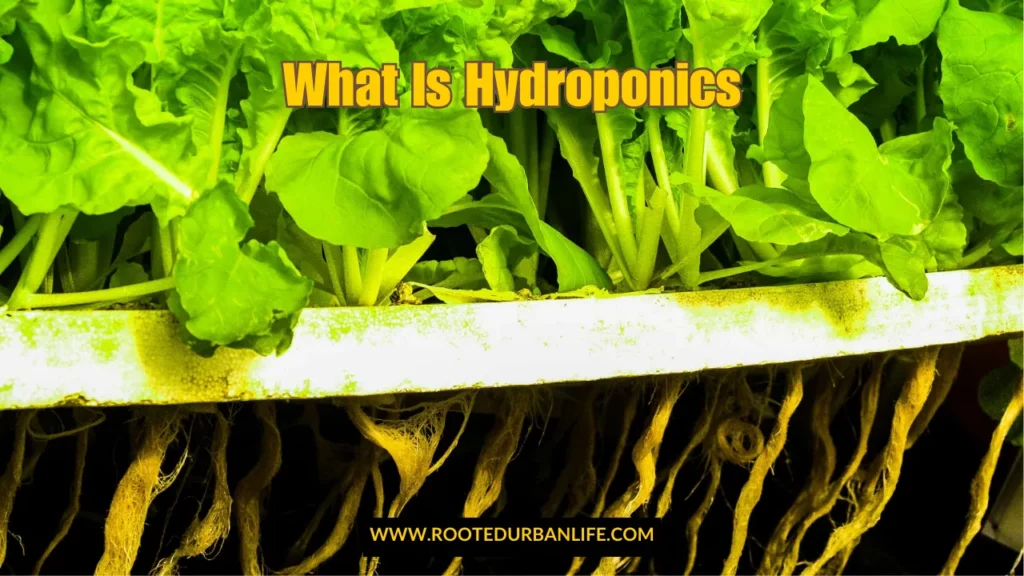
The Promising Potential of Hydroponics
Hydroponics isn’t just about modern gardening; it’s a leap into the future of how we grow food. Technological advancements continue to make systems more efficient, more productive, and easier for anyone to use. From automated sensors to more sustainable nutrient solutions, innovation drives this field forward.
Sustainability is a game-changer with hydroponics. By using less water than traditional methods and minimizing land use, hydroponics helps lessen the environmental footprint of agriculture. For anyone passionate about eco-friendly practices, this is a compelling reason to embrace this method.
In urban settings, where space is at a premium, hydroponics offers a unique solution. Rooftops, basements, and even vertical gardens transform into thriving ecosystems. This not only enhances local food security but also brings fresh food closer to consumers, reducing the carbon needed to ship produce long distances.
Success stories are popping up everywhere, showing the potential of hydroponics in action. From urban farms supplying local communities to large-scale operations that feed cities, these stories inspire and highlight what’s possible with dedication and innovation.
Hydroponics stands at the forefront of a movement aiming to make food more accessible, sustainable, and bountiful. Whether you’re starting with a single plant or envisioning a backyard full of hydroponic systems, the possibilities are as vast as your imagination.
FAQs
Q: What is hydroponics?
A: Hydroponics is a method of growing plants without soil by using nutrient-rich water solutions to deliver essential nutrients directly to the plant roots.
Q: How does hydroponics work?
A: Hydroponics works by using water as a medium to deliver nutrients. Plants are placed in a system where water infused with nutrients flows around their roots, allowing them to absorb everything they need without needing soil.
Q: Is hydroponics better than soil gardening?
A: Hydroponics offers several benefits over traditional soil gardening, including faster plant growth, less water usage, and the ability to grow in small spaces. It’s particularly useful for those who want more control over the growing environment.
Q: What plants grow well in hydroponics?
A: Leafy greens like lettuce, spinach, and herbs such as basil and mint are excellent choices for hydroponic systems. Tomatoes, cucumbers, and strawberries also thrive in hydroponic environments with the right care.
Q: Is hydroponics expensive to start?
A: Hydroponic systems range from simple and affordable setups to more complex, high-tech systems. Beginners can start small with budget-friendly options like the wick system and deep water culture (DWC), then expand as they get more comfortable.
Q: How much maintenance does a hydroponic system require?
A: While hydroponics does require regular monitoring of water levels, pH, and nutrient concentration, automation tools like timers and sensors can help reduce the effort needed to maintain the system. A well-maintained hydroponic garden can be relatively low-maintenance.
Key Takeaways
| Hydroponics is soil-free gardening: Plants grow in nutrient-rich water, making it a sustainable and efficient alternative to traditional gardening. Perfect for small spaces: Hydroponic systems work well in small apartments, balconies, or urban settings where traditional gardening isn’t feasible. Faster growth and higher yields: By controlling nutrient intake, light, and water, plants can grow more quickly and produce more. Great for beginners: Easy-to-set-up systems like Deep Water Culture (DWC) and wick systems make hydroponics accessible to anyone, even without gardening experience. Low water usage: Hydroponics uses less water than soil-based gardening, making it an environmentally friendly option. Automation is your friend: Sensors and timers can help automate processes, reducing the need for constant oversight while still maintaining plant health. |
Hydroponics offers a forward-thinking approach to gardening, making it accessible, efficient, and adaptable to various living situations, whether you have a small apartment or a dedicated garden space. The beauty of hydroponics lies in its versatility—it’s not just for seasoned gardeners but for beginners who want to dive into a rewarding and sustainable hobby.
As you explore the world of hydroponics, remember that each system and setup offers a unique opportunity to grow fresh, healthy produce with minimal resources. Whether you’re interested in cutting down on water usage, maximizing small spaces, or experimenting with growing your own food, hydroponics provides an exciting path to greener living.
Ready to start your hydroponic journey? Subscribe to our newsletter for more tips, in-depth guides, and creative gardening solutions! And don’t forget to share this post with friends who are curious about modern, soil-free gardening. 🌱

